While preparing this nice little summary for you, we came to realize that the rules telling airport check-in staff what to charge you for that bulging bag of yours are more complicated than the Indian tax code itself! So whenever you hear the words “our system is slow” at the airport counter, know that all of the “system’s” processing power is being sucked in to compute an excess baggage invoice somewhere.
If we were to simplify it all to a fault, you can just stick to this much and get away with it:
- For cabin bags, make sure your baggage dimensions do not exceed 50 X 35 X 20 cm or atleast the sum of the length (L), breadth (B) and height (H) does not exceed 115 cm. Additionally, keep the bag under 7 kg and you will breeze through 99% of airline counters.
- For check-in bags, things are more complicated. However, a similar guideline of L + B + H (i.e the maximum dimension of the bag) is 158 cm and a weight limit of 20 kg per passenger will get you through.
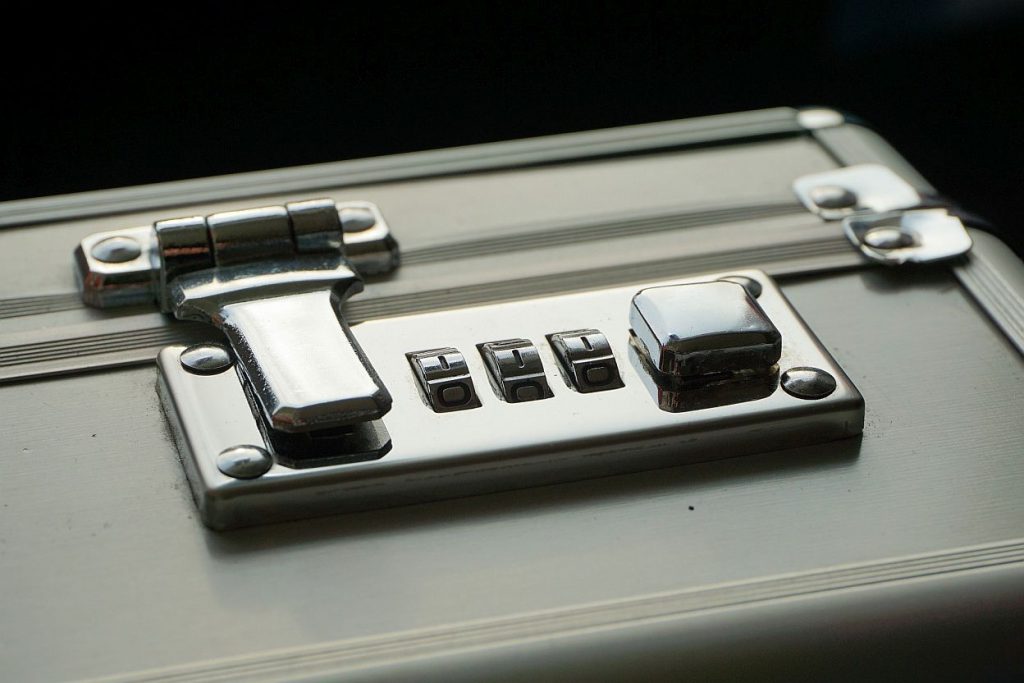
Comparing the allowances and charges between airlines, we find that:
- On domestic routes, baggage allowance rules are fairly aligned with little to choose between airlines. Air India offers the most weight allowance for check-in bags. Go Air also is also comparatively lenient on allowance as well as extra charges.
- On international routes, Turkish Airways and Indigo are the most tight-fisted at a 20 kg allowance each. Most other airlines are at a 30 kg maximum weight allowance as of now. However, you know that any revisions to these will only be in one direction. Also note that we are talking about total weight per person and not the weight per check-in bag.
- Turkish Airways gets a special mention for the atrociously high charges in addition to the measly weight allowance.
- Prima facie, Jet Airways & Etihad also have high excess baggage charges for international routes.
To evaluate the allowed number of bags and weight limits for your particular trip, you can go through the table below. But there are a few caveats you will need to understand, before your draw any conclusions from the table.
- The summary of number of bags, weight allowances and extra charges has been gleaned from individual airline websites. These rules are obviously subject to change and do so, all the time.
- There is also significant variation depending on the place of origin and destination. Airlines seem to follow a zonal structure in deciding the allowances (with the US, as usual, typically having its own set of rules). We have typically considered an India to Europe route for the purpose of this table.
Apart from cabin baggage, airlines allow one personal Item/Bag such as a purse, camera bag or a laptop bag.
As per IATA regulations and the legislation of many countries, no single piece of checked-in baggage may weigh more than 32 kg. If it exceeds 32 kg, you will be asked to repack the bag and transfer/junk the excess weight.
If you are travelling with infants (below 2 years), you may be eligible for some extra weight allowance, typically 10 kg of baggage and additionally, a fully collapsible stroller or pushchair and carry-cot or car seat may be checked in without charge.
Excess Baggage charges also vary on where you pay for it. Rates are typically significantly lower if pre-purchased online or at the time of booking and are worst at the departure gates. Rates mentioned in the table are typically what you would pay at the check-in counter.
Phew!!!
We would love to hear from you in case of any edits and further details on this esoteric topic.



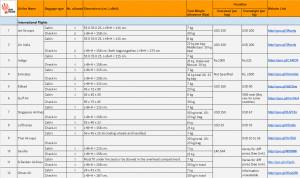





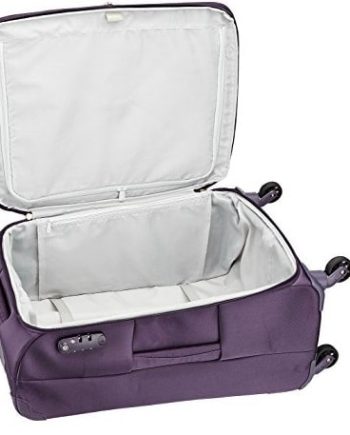



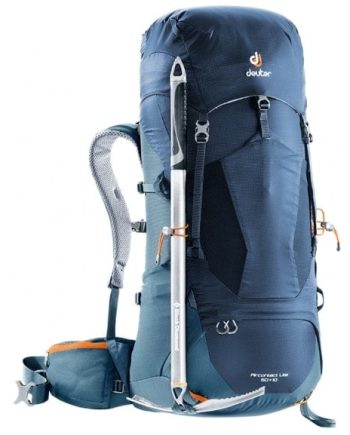
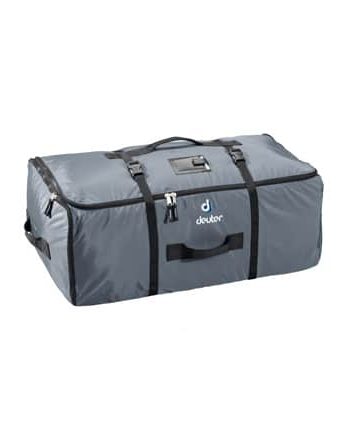

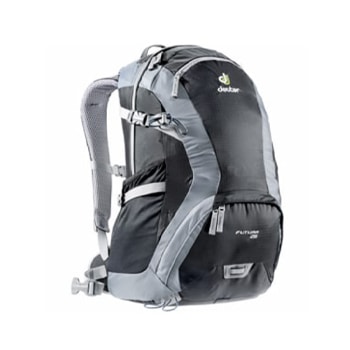
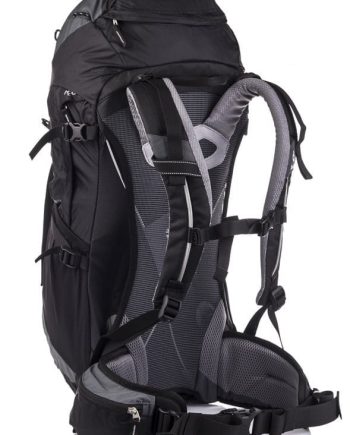




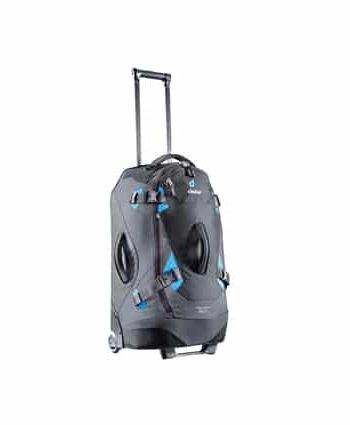
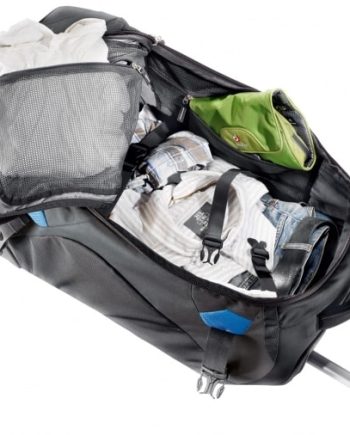



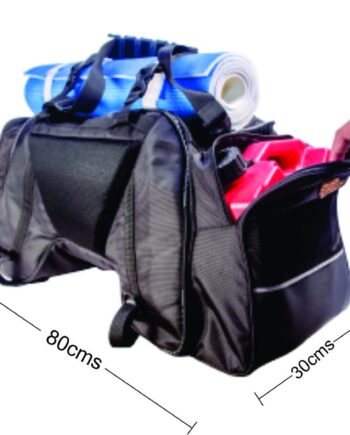
BRAGPACKER
Please note that Jet Airways is implementing a Rs. 900 per additional cabin bag from 15th of July onwards, for passengers flying from the 6 metros. So you will be allowed 1 handbag weighing upto 7 kgs plus a laptop bag and a purse (for women) without any extra charge.